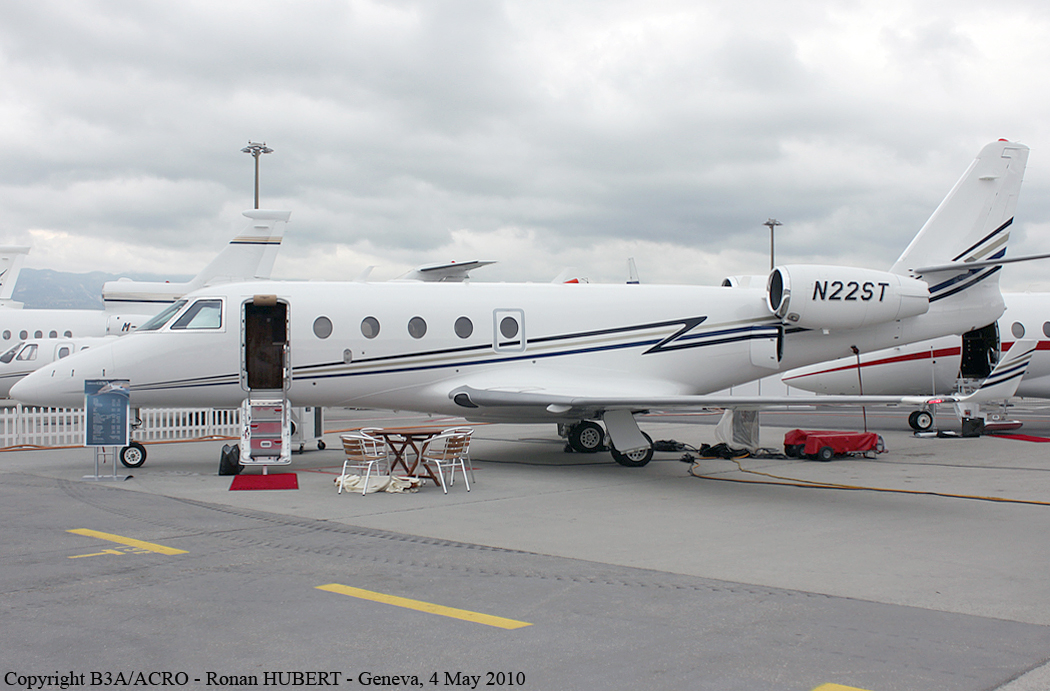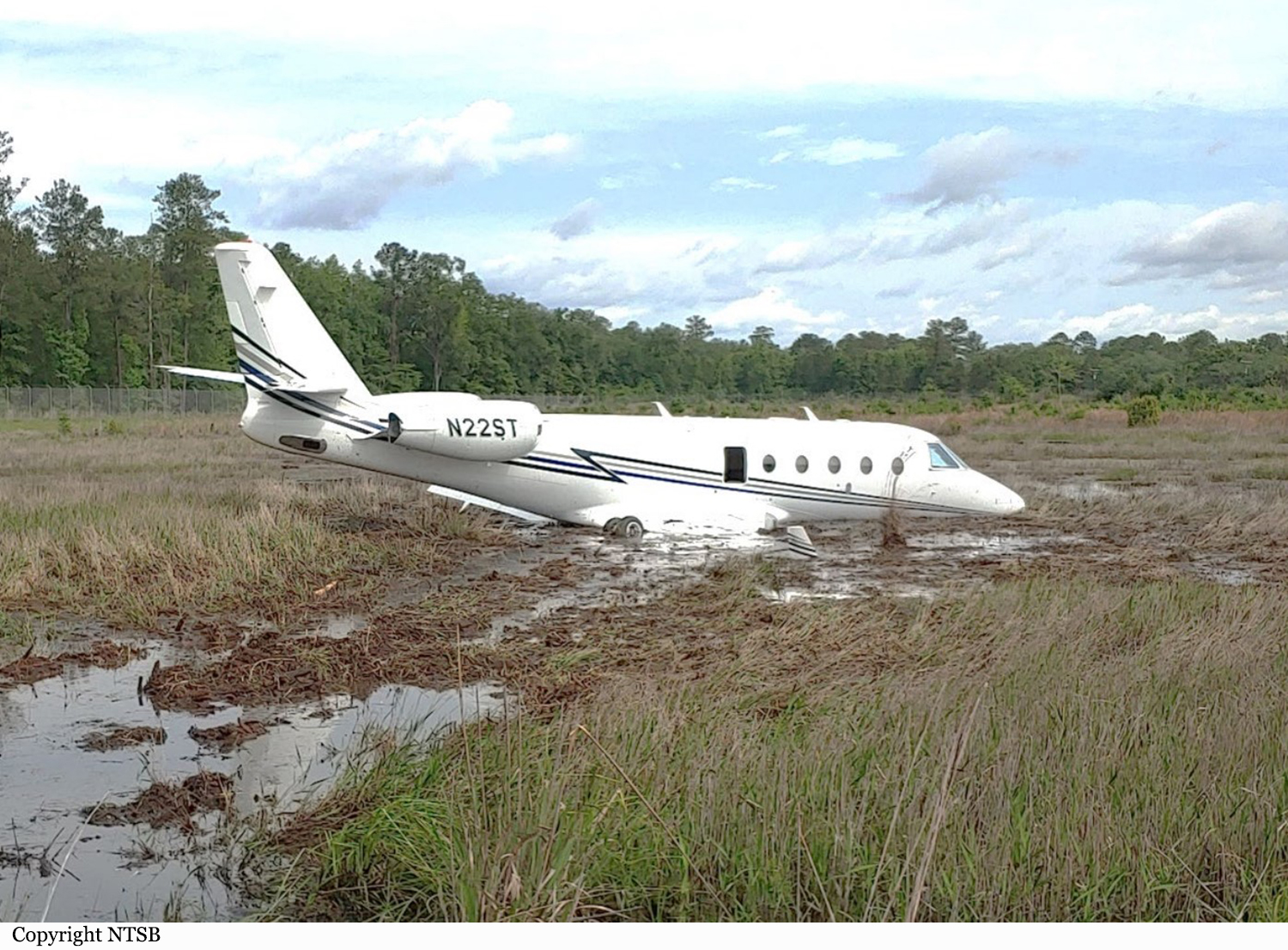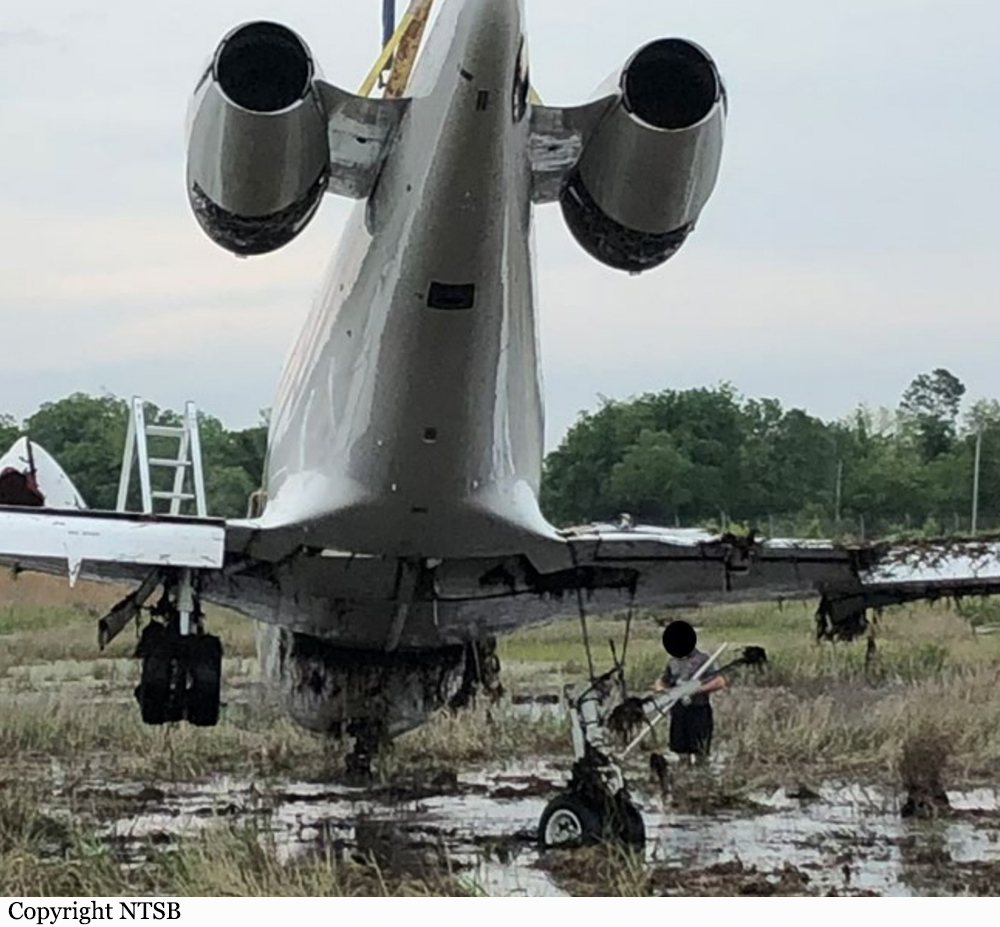Country
Crash of a Gulfstream G150 in Ridgeland
Date & Time:
May 5, 2021 at 1033 LT
Registration:
N22ST
Survivors:
Yes
Schedule:
New Smyrna Beach – Ridgeland
MSN:
251
YOM:
2008
Crew on board:
2
Crew fatalities:
Pax on board:
3
Pax fatalities:
Other fatalities:
Total fatalities:
0
Captain / Total hours on type:
100.00
Copilot / Total hours on type:
32
Aircraft flight hours:
2580
Circumstances:
The pilot in command (PIC) and second-in-command (SIC) completed an uneventful positioning flight to pick up passengers and then continued to the destination airport. Cockpit voice recorder (CVR) information revealed that, while en route, the PIC expressed a desire to complete the flight as quickly as possible and arrive at the destination before another airplane that was also enroute to the destination airport, presumably to please the passengers. The PIC compared the flight with an automobile race, and the airplane’s overspeed warning annunciated multiple times during the descent. The flight crew elected to conduct a straight-in visual approach to land. Throughout the final approach, the airplane was high and fast, as evidenced by the SIC’s airspeed callouts. When the SIC asked whether s-turns should be made, and the PIC responded that such turns were not necessary. An electronic voice recorded by the CVR repeatedly provided “sink rate” and “pull up” warnings while the airplane was on final approach, providing indications to the crewmembers that the approach was unstable, but they continued the landing. The airplane touched down about 1,000 ft down the 4,200-ft-long runway. The PIC described that the airplane’s wheel brakes, thrust reversers, and ground air brakes did not function after touchdown, but witness and video evidence showed that the thrust reversers deployed shortly after touchdown. In addition, tire skid marks indicated that wheel braking occurred throughout the ground roll and increased heavily during the final 1,500 ft of the runway when the antiskid system activated. The ground air brakes did not deploy. The airplane overran the runway and came to rest about 400 ft past the departure end of the runway in marshy terrain. The fuselage and wings sustained substantial damage. The switch that controlled the automatic deployment of the ground air brake system was found in a position that should have allowed for their automatic deployment upon landing. There was no evidence to indicate a preaccident mechanical malfunction or failure with the hydraulic system, wheel brakes, thrust reversers, and weight-on-wheel switches, or electrical issues with either air brake switches. The airplane’s ground air brake deployment system logic required that both throttle levers be below 18° (throttle lever angle) in order to activate. The accident airplane’s throttle lever position microswitches were tested after the accident. The left throttle microswitch tested normal, but the right throttle microswitch produced an abnormal electrical current/resistance during initial testing. When the throttle was touched and then further manipulated by hand, the electrical resistance tested normal. The investigation was unable to determine whether the intermittent right throttle microswitch resistance prevented the ground air brakes from deploying because the testing was inconclusive. Landing performance calculations showed that, without ground air brakes, the landing ground roll exceeded the runway that was available from the airplane’s touchdown point about 1,000 ft down the runway. Mobile phone video evidence revealed that a quartering tailwind of about 10 to 15 knots persisted during the landing, which exceeded the manufacturer’s tailwind landing limitation of 10 knots for the airplane, and thus would have further increased the actual ground roll distance beyond that calculated. Throughout the final approach, the flight crew received several indications that the approach was unstable. The flight crew was aware that the airplane was approaching the runway high, fast, and at an abnormal sink rate. Both pilots had an opportunity to call for a go-around, which would have been the appropriate action. However, it is likely that the external pressures that the PIC and SIC accepted to complete the flight as quickly as possible influenced their decision-making in continuing the approach.
Probable cause:
The flight crew’s continuation of an unstable approach and the failure of the ground air brakes to deploy upon touchdown, both of which resulted in the runway overrun. Contributing was the crew’s motivation and response to external pressures to complete the flight as quickly as possible to accommodate passenger wishes and the crew’s decision to land with a quartering tailwind that exceeded the airplane’s limitations.
Final Report:



